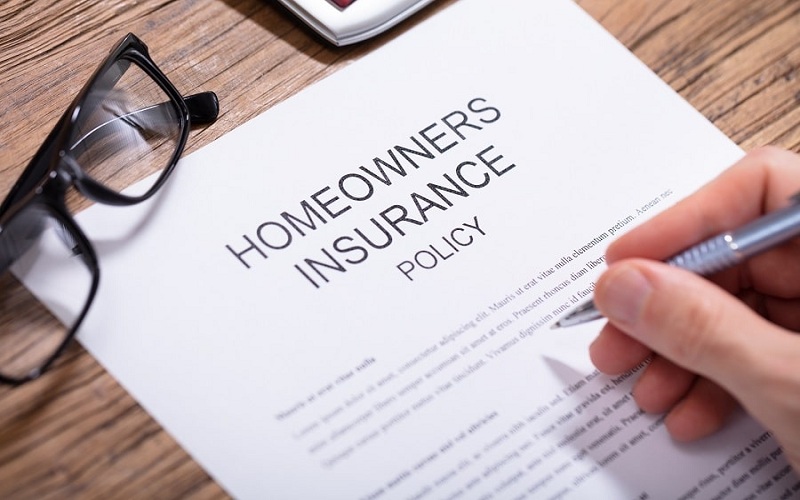Navigating the complexities of home insurance claims, particularly in the aftermath of storms causing property damage, can present considerable challenges. Understanding the nuances involved in addressing such damage is paramount. This guide aims to assist homeowners in tackling common hurdles encountered during the insurance claims process following storm-related incidents. Here are practical suggestions for documenting and reporting damage to facilitate a smoother claims experience.
Prioritize Safety
Safety should be the foremost concern. Therefore, before you document and report, assess whether it’s safe to enter the property. Ensure you are mindful of potential dangers like fallen power lines or compromised structural integrity.
Understand Your Policy
Familiarize yourself with insurance policies, including coverage limits and exclusions. It is also vital to understand strata responsibility for water damage. This understanding will facilitate a more effective navigation of the claims process.
Conduct Thorough Inspections
Perform a comprehensive assessment of the property’s interior and exterior. Note any visible damage to components such as the roof, windows, walls, and other structural basics. Document the extent of damage through photographs and videos.
Document Details
Pay attention to specifics. Record the date and time of the storm, along with any unusual weather conditions. Document specific details about the damage, including its location, the size of the hail, and the nature of the impact.
Compile an Inventory
Craft a detailed inventory of the damaged items within the home, including information such as brand, model, and approximate value. This inventory will prove invaluable when filing an insurance claim.
Report Promptly
Notify your insurance company of the damage as soon as possible. Many policies stipulate a timeframe for reporting claims, making prompt communication crucial. Provide a thorough description of the damage and actions taken to prevent further loss.
Prevent Further Damage
Take necessary measures to avoid additional damage to the property. If safe, cover damaged areas with tarps or boards to deter water intrusion. Keep records of expenses incurred during mitigation efforts.
Maintain Documentation
Keep a comprehensive record throughout the claims process, including copies of all communication with the insurance company—emails, letters, and notes from phone conversations. This documentation is vital in case of disputes.
Seek Professional Assistance
Consider engaging professionals to assess and document the damage. Contractors, appraisers, public adjusters, or attorneys can provide expert opinions and detailed reports to bolster your claim. Attorneys can be particularly helpful in disputing denied or underpaid claims.
Document Repairs
After making temporary repairs or initiating restoration, thoroughly document the repairs. Keep receipts and invoices for all repair-related expenses, as these are crucial for reimbursement.
Conclusion
Managing property damage caused by natural disasters, theft, or vandalism can prove to be an irritating ordeal. For commercial property owners eager to resume operations promptly, it’s essential to exercise caution during the claims process to prevent unnecessary expenses. One common mistake is initiating repairs before filing a property damage claim, which could ultimately lead to heightened costs for the property owner. Understanding the reasons behind this cautionary approach can mitigate future financial burdens and alleviate stress. By adhering to these guidelines, homeowners can navigate the complexities of insurance claims with greater confidence and efficiency.




